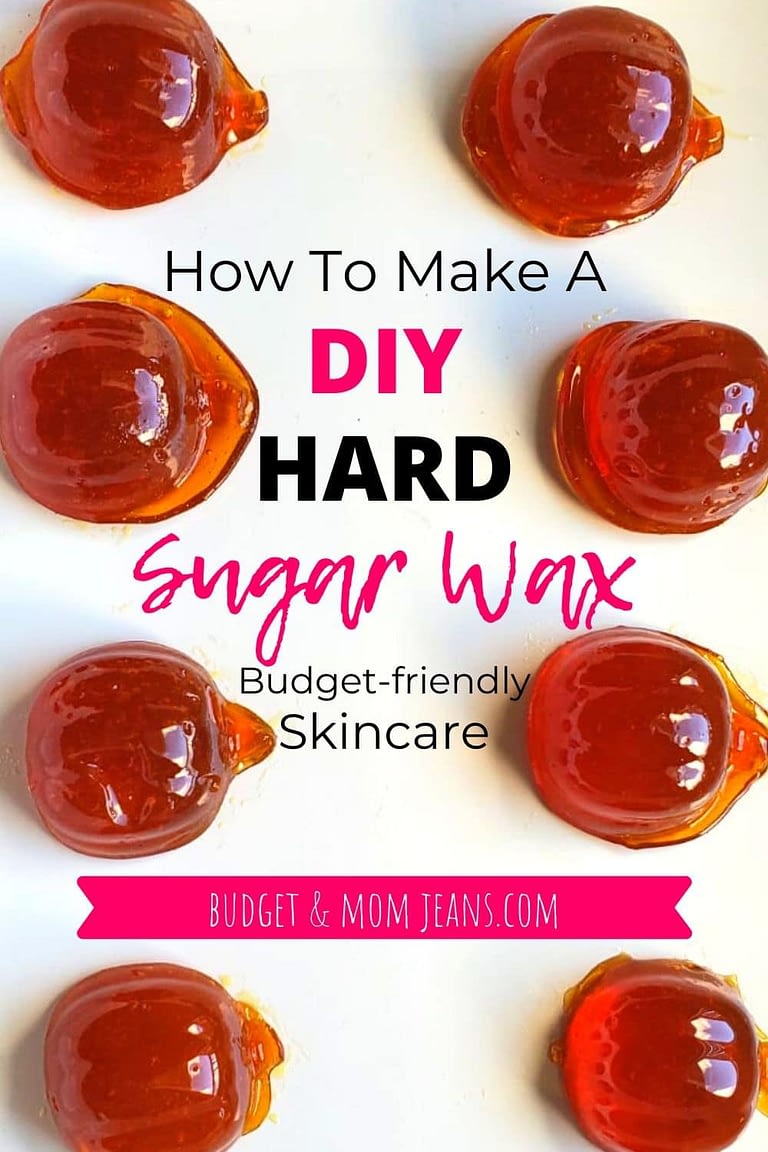
#HOMEMADE SUGAR WAX RECIPE FOR BRAZILIAN SKIN#
Sugar waxing is unquestionably better for sensitive skin and performs better on delicate areas. Sugaring lasts longer than waxing, but the outcome heavily depends on the person’s skin type. Sugar can be wiped away with water however wax requires a solution to remove it from the skin, which might occasionally include allergies.

It is also advantageous for persons who have poor pain tolerance. This is a significant advantage for those who do not want to observe any redness or discomfort. Sugaring is a more natural alternative that is far less sticky than wax. Sugaring is especially beneficial for eliminating shorter hair, while waxing requires at least a half-inch to take effect. Sugar paste is applied to the skin with a gloved hand, then waxing is done using a strip. Much relies on the individual’s pain tolerance since every hair removal procedure will cause some discomfort.ĭifferent strategies elicit different responses in different people.

When comparing the two treatments, sugaring is definitely the hair removal option you want to attempt if you want an organic method. Many individuals become accustomed to waxing and never experiment with sugaring, so they are unaware of the distinction. It is also quick and efficient, and huge areas may be waxed at the same time. Waxing also produces a smoother finish since it eliminates the hair from the root. Waxing has possibly been around earlier than sugaring and is a tried and true method of hair removal. If you have any allergies, simply inquire what the technician’s sugar wax is composed of. Some technicians mix aromatic oils and honey into their sugar wax, although this is not required. This has the added benefit of reducing redness and itchiness. Sugar waxing is also less painful since it tugs less on the skin when pulling hair. As a result, it is much gentler on the skin than traditional waxing. The fact that sugaring is an organic method of hair removal utilizing a simple mixture of sugar and lemon juice is perhaps its most significant advantage. Sugaring is also carried out at room temperature, whereas waxing is done at high temperatures, hence the phrase “hot wax.” Sugaring, in contrast, involves pulling out the hair in the original direction of its growth pattern.

One of the most significant distinctions between waxing and sugar waxing is that waxing often uses a strip that tugs hair out in the opposite way of the follicle development pattern. They are, in fact, two quite different hair removal methods. People typically associate sugaring and waxing in the same way, mainly because both entail pulling the hair out by the follicle.

Sugaring and waxing (Sugar Wax) have both existed for a long time and are both tried and true methods of hair removal. Even your hairs that do keep growing will become weaker and thinner with each sugaring session. This hair follicle would eventually stop producing hair! The longer you sugar, the less hair you will grow back. Every time you do so, you damage the hair follicle. You’re pulling your hair out by the root as you use sugar wax. If you use sugar on a regular basis, you will notice a decrease in hair growth. This means that the hair will be thinner even after the first sugar waxing treatment! When the hair does grow back, the thin tip of the hair grows out first. Sugaring involves removing the whole hair from the root. This is what causes the prickly sensation when the hair is first coming out after shaving! When your hair grows back out, the blunt edge makes it appear thicker than it is. When you shave, you only cut the hair at its thickest spot. Many people remark that their hair density decreases immediately on their first sugaring treatment.


 0 kommentar(er)
0 kommentar(er)
